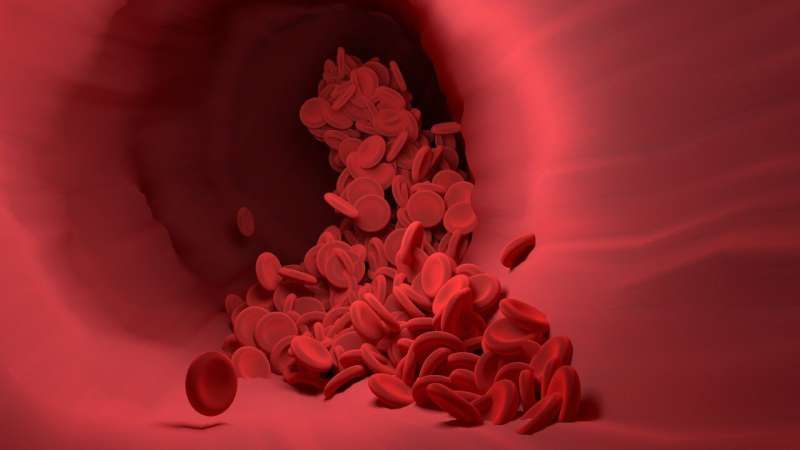Miniature Hearts: Advanced Cardiac Organoids Incorporating Immune Components

Researchers from the Fraunhofer Institute for Toxicology and Experimental Medicine (ITEM) combined with Hannover Medical School have developed a sophisticated model of human heart tissue—known as a cardiac organoid—that includes its own immune system. This breakthrough offers a promising platform for studying the effects of new medications, especially their potential cardiotoxic side effects, which are a leading cause of drug development failures.
Cardiotoxicity, characterized by adverse effects such as arrhythmias, cardiomyopathy, and other cardiovascular issues, often goes undetected in traditional preclinical testing. Conventional cell culture models fall short in fully replicating the human heart’s complex physiology, including immune interactions, leading to challenges in predicting how new drugs might affect the heart.
To overcome these limitations, the multidisciplinary team developed a 3D cardiac organoid that mimics human heart tissue more closely than standard models. This organoid comprises various cell types—heart muscle cells (cardiomyocytes), cardiac fibroblasts, and endothelial cells—all derived from human induced pluripotent stem cells (hiPSCs). These stem cells are reprogrammed adult cells, making the model highly relevant for studying human cardiac responses.
The organoids are self-organizing spheres about 200 micrometers in diameter, containing around 2,000 cells. They beat spontaneously, similar to real heart tissue, and can also be stimulated electrically to induce contractions akin to a natural heartbeat. This feature allows detailed analysis of cardiac functionality and response to drugs.
Beyond simply evaluating drug toxicity, these organoids serve as versatile tools to model various heart diseases like myocardial infarction, arrhythmias, and cardiac hypertrophy. The researchers demonstrated the platform’s potential through studies involving treatment options for hypertrophic cardiomyopathy; for example, testing mavacamten showed an improvement in contractile function without cardiotoxic effects.
Furthermore, the team is actively working on enhancing these organoids by integrating immune cells, such as macrophages derived from pluripotent stem cells. Incorporating immune components not only adds physiological relevance but also opens avenues to investigate inflammatory responses and immune-related cardiac conditions.
This innovative cardiac model represents a significant step forward in preclinical research, as it enables more accurate, human-relevant studies of heart tissue’s response to medications and disease processes. Ultimately, it aims to streamline drug development, reduce attrition rates caused by unforeseen cardiotoxicity, and foster advancements in personalized medicine.
Source: Medical Xpress
Stay Updated with Mia's Feed
Get the latest health & wellness insights delivered straight to your inbox.
Related Articles
New Antibiotic Ibezapolstat Shows Promise Against Deadly C. difficile Superbug
A new antibiotic, ibezapolstat, has demonstrated high efficacy and safety in clinical trials against C. difficile, a leading cause of serious gastrointestinal infections. The drug uniquely preserves gut microbiota, reducing recurrence and emerging as a promising treatment option.
New Insights into the Tumor Microenvironment's Role in Nasopharyngeal Carcinoma Progression
Recent research uncovers the pivotal role of the tumor immune microenvironment in the progression of nasopharyngeal carcinoma, paving the way for personalized treatment strategies.
Discovery of Key Genes Responsible for Suppressing Blood Cancer Growth Offers New Treatment Possibilities
Australian researchers identify the GATOR1 complex as a crucial tumor suppressor in lymphoma, revealing promising avenues for targeted blood cancer therapies and personalized medicine approaches.
Diverse Links Found Between Hormone Therapy and Early-Onset Breast Cancer
A comprehensive study uncovers complex and varying connections between hormone therapy and young-onset breast cancer, emphasizing personalized medical guidance.



